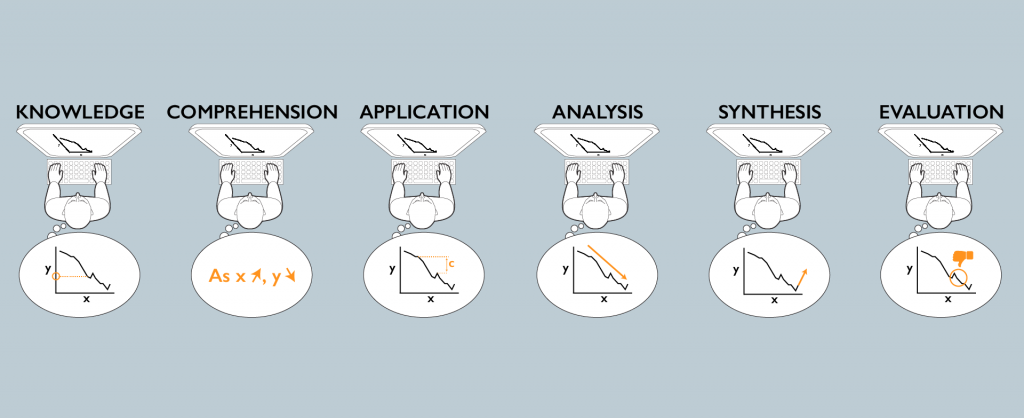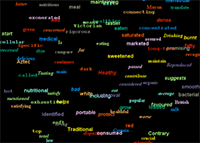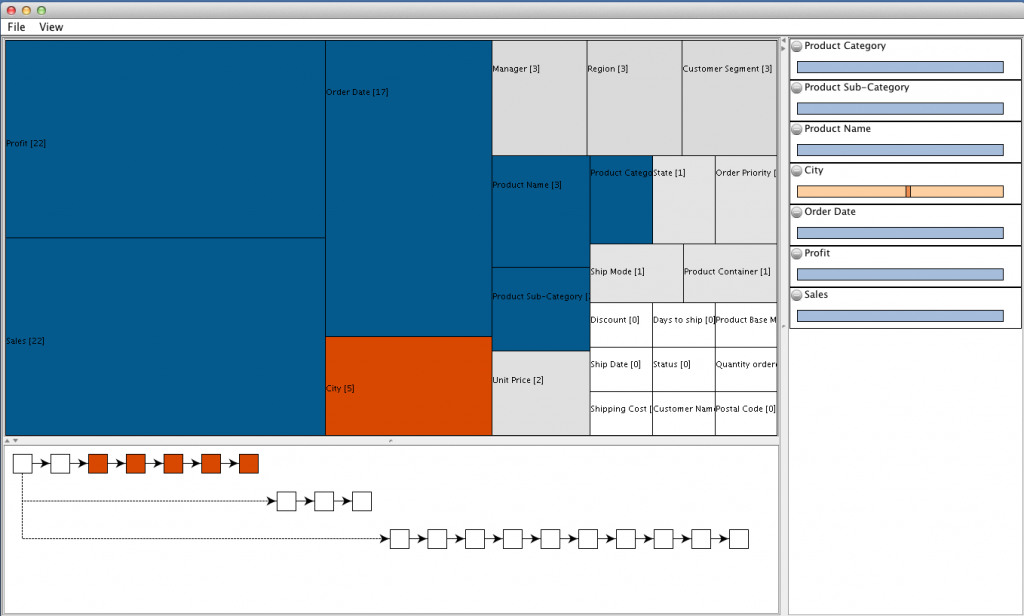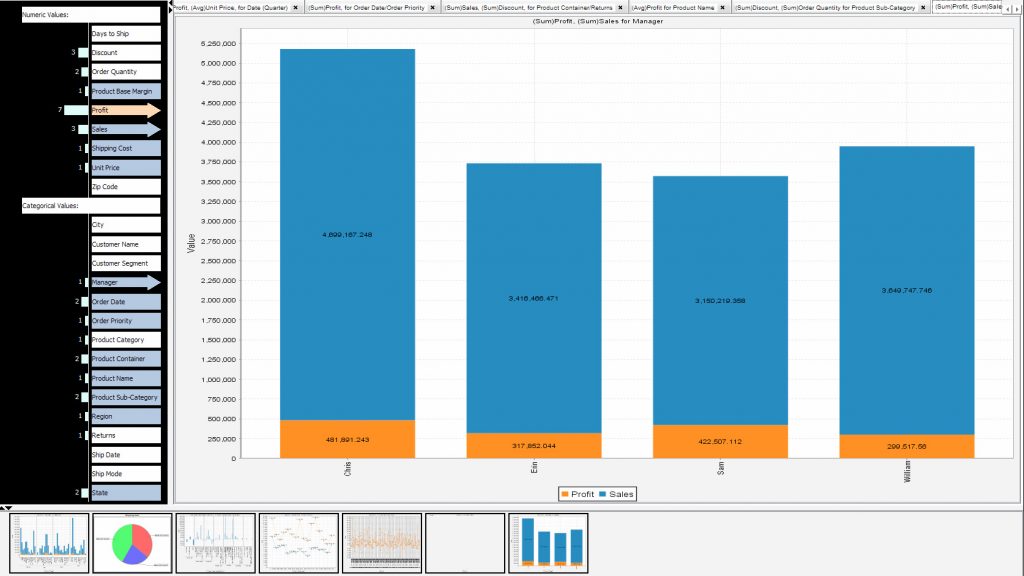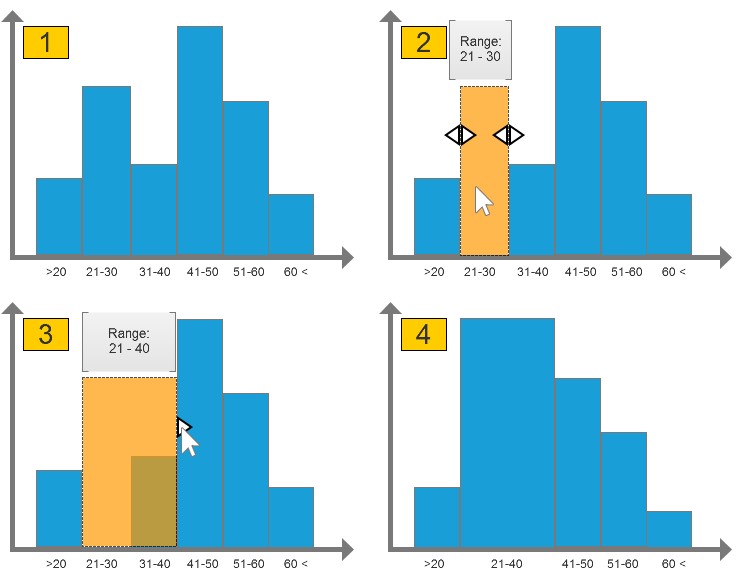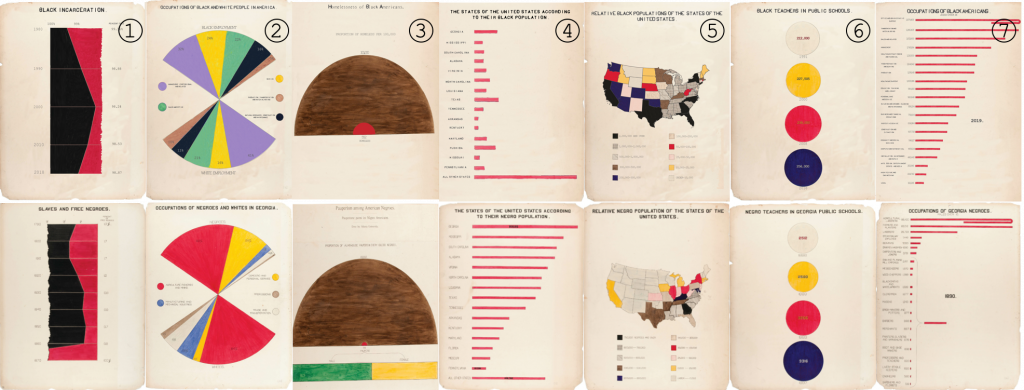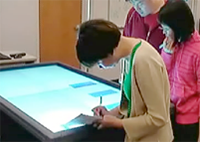CommunityClick

Led by: Mahmood Jasim CommunityClick: Capturing and Reporting Community Feedback from Town Halls to Improve Inclusivity
CommunityClick: Capturing and Reporting Community Feedback from Town Halls to Improve Inclusivity CommunityClick: Towards Improving Inclusivity in Town Halls
CommunityClick: Towards Improving Inclusivity in Town Halls
Local governments still depend on traditional town halls for community consultation, despite problems such as a lack of inclusive participation for attendees and difficulty for civic organizers to capture attendees’ feedback in reports. Building on a formative study with 66 town hall attendees and 20 organizers, we designed and developed CommunityClick, a communitysourcing system that captures attendees’ feedback in an inclusive manner and enables organizers to author more comprehensive reports. During the meeting, in addition to recording meeting audio to capture vocal attendees’ feedback, we modify iClickers to give voice to reticent attendees by allowing them to provide real-time feedback beyond a binary signal. This information then automatically feeds into a meeting transcript augmented with attendees’ feedback and organizers’ tags. The augmented transcript along with a feedback-weighted summary of the transcript generated from text analysis methods is incorporated into an interactive authoring tool for organizers to write reports. From a field experiment at a town hall meeting, we demonstrate how CommunityClick can improve inclusivity by providing multiple avenues for attendees to share opinions. Additionally, interviews with eight expert organizers demonstrate CommunityClick’s utility in creating more comprehensive and accurate reports to inform critical civic decision-making. We discuss the possibility of integrating CommunityClick with town hall meetings in the future as well as expanding to other domains.
Our next step in this project is to virtualize the iClicker component to enable silent attendees to share their opinions during online meetings and discussions.
If you are interested in working on or learning more about this project, please contact Mahmood Jasim at mjasim@cs.umass.edu

